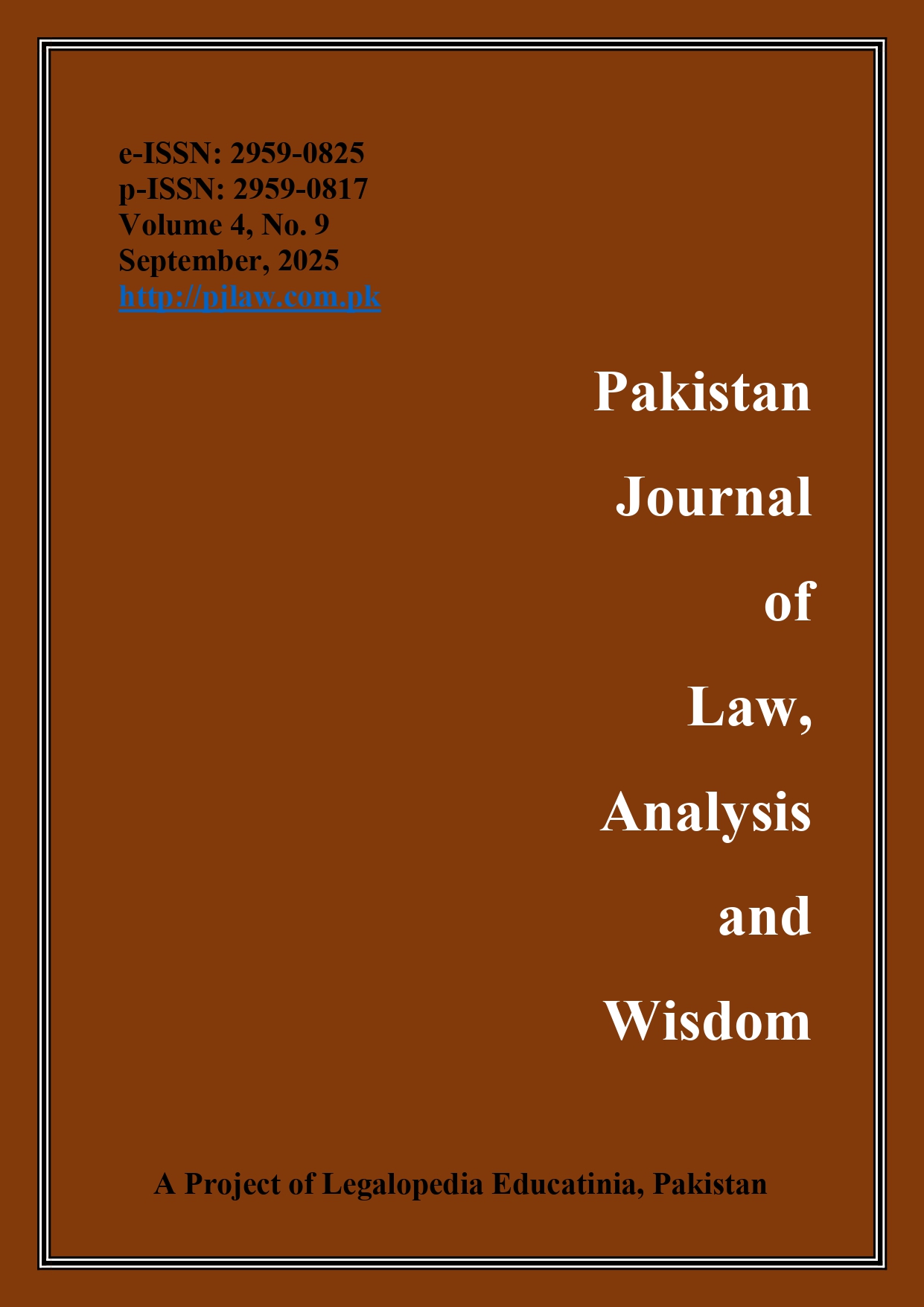Digital Dialogue: Unpacking the Language Shift and Investigation of the Social Media effecting the Communication Skills
Keywords:
Digital Conversation, New World Media, Effectiveness in Communication., Digital Literacy, Evolution of Language, Digital ConversationAbstract
The development of social media sites has brought a fundamental change to the communication dynamics affecting the way people use language and affect communication skills in significant ways. This thesis will examine the complex nature of the influence of social media on communication with regard to its effect on the development of language, communication patterns, digital literacy, and identity formation. This study examines how social media sites facilitate condensed and informal language style, promote visual and multimodal participations, and hasten the development of new linguistic norms by synthesizing current body of knowledge on this topic and empirical studies. It also discusses issues about the effects on the formal writing ability, creating echo chambers, and the polarization of opinions. The paper highlights the value of comprehending digital conversation to maneuver its effects on language proficiency and interpersonal communication successfully in modern society.
References
Blumer, H. (1969). Symbolic Interactionism: Perspective and Method. Englewood Cliffs, NJ: Prentice Hall.
Boyd, D. (2014). It's Complicated: The Social Lives of Networked Teens. Yale University Press.
Boyd, D., & Ellison, N. B. (2007). Social network sites: Definition, history, and scholarship. Journal of Computer-Mediated Communication, 13(1), 210-230.
Bronfenbrenner, U. (1979). The Ecology of Human Development: Experiments by Nature and Design. Cambridge, MA: Harvard University Press.
Carr, N. (2011). The Shallows: What the Internet Is Doing to Our Brains. W. W. Norton & Company.
Deci, E. L., & Ryan, R. M. (1985). Intrinsic Motivation and Self-Determination in Human Behavior. New York: Plenum.
Greenfield, S. (2018). Mind Change: How Digital Technologies Are Leaving Their Mark on Our Brains. Rider.
Hampton, K. N., et al. (2016). Social media and the cost of caring: A longitudinal study of social support and mental health in a national sample of U.S. adults. Journal of Computer-Mediated Communication, 21(6), 361-378.
Hargittai, E. (2007). Whose space? Differences among users and non-users of social network sites. Journal of Computer-Mediated Communication, 13(1), 276-297.
Hymes, D. (1972). On Communicative Competence. In J.B. Pride & J. Holmes (Eds.), Sociolinguistics: Selected Readings (pp. 269-293). Harmondsworth: Penguin.
Katz, J. E., & Rice, R. E. (2002). Social consequences of Internet use: Access, involvement, and interaction. MIT Press.
Labov, W. (1966). The Social Stratification of English in New York City. Washington, D.C.: Center for Applied Linguistics.
Latour, B. (2005). Reassembling the Social: An Introduction to Actor-Network-Theory. Oxford: Oxford University Press.
Mazmanian, M., & Yates, J. (2009). The Social Embeddedness of Media Use: The Case of Online Photo Sharing. Journal of Computer-Mediated Communication, 14(3), 511-535.
McCombs, M. E., & Shaw, D. L. (1972). The Agenda-Setting Function of Mass Media. Public Opinion Quarterly, 36 (2), 176-187.
McLuhan, M. (1964). Understanding Media: The Extensions of Man. New York: McGraw-Hill.
Noelle-Neumann, E. (1974). The Spiral of Silence: A Theory of Public Opinion. Journal of Communication, 24 (2), 43-51.
Paivio, A. (1971). Imagery and Verbal Processes. New York: Holt, Rinehart & Winston.
Piaget, J. (1972). The Psychology of the Child. New York: Basic Books.
Prensky, M. (2001). Digital natives, digital immigrants. On the Horizon, 9(5), 1-6.
Qualman, E. (2009). Socialnomics: How Social Media Transforms the Way We Live and Do Business. Wiley.
Raza, M. R., Minhas, S., Ghani, A., Hussain, T., Irfan, F. (2021). Educating Prisoners By Distance: Prospects and Challenges in Pakistan.
Xi'an Shiyou Daxue Xuebao (Ziran Kexue Ban)/. Natural Sciences Edition. DOI:1673-064X-xsdx-v64-i05-2021.546419
Downloads
Published
Issue
Section
License
Copyright (c) 2025 Dr. M. Qamar Zaman Baber, Dr Syed Ali Hassan Shah, Asif Arshad, Sadam Hussain

This work is licensed under a Creative Commons Attribution-NonCommercial 4.0 International License.











 LEGALOPEDIA EDUCATINIA (PVT) LTD
LEGALOPEDIA EDUCATINIA (PVT) LTD